The latest in cornea treatments, news and disease care from Cleveland Clinic
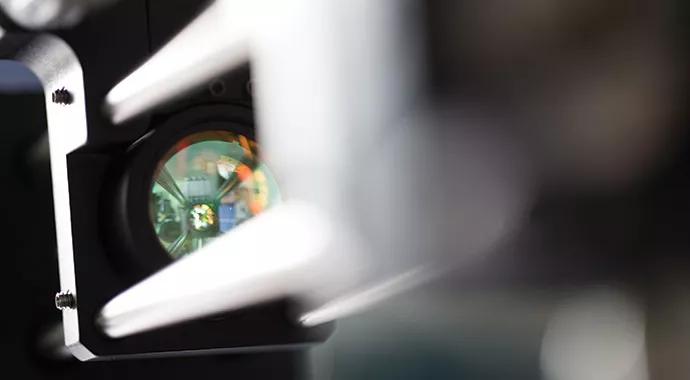

Dr. William Dupps, Jr.
Cleveland Clinic is a non-profit academic medical center. Advertising on our site helps support our mission. We do not endorse non-Cleveland Clinic products or services. Policy
The Cole Eye Institute’s cornea service is among the nation’s top academic and clinical services dedicated to treating diseases of the cornea and anterior segment. Our institute was among the first centers to perform Descemet’s stripping automated endothelial keratoplasty (DSAEK), a selective procedure for endothelial diseases such as bullous keratopathy and Fuchs dystrophy that has revolutionized corneal transplantation through greater safety, faster visual recovery and more favorable refractive outcomes. Since 2005, nearly a thousand Cole Eye Institute patients have benefited from technical advances in DSAEK pioneered by our surgeons. (continued below)
Excellent Result in Chronic Corneal Edema Case
Precise surgery accomplishes far more than palliation
Scott Wagenberg, MD, Cleveland Clinic Cole Eye Institute ophthalmologist
Visian ICL: An Alternative in Refractive Surgery
Risks of dormant virus rule out procedures using lasers
Michael Gressel, MD, Cleveland Clinic ophthalmologist
Tips for Managing Herpes Zoster Ophthalmicus
Up to half of cases manifest corneal complications
Jeffrey Goshe, MD, Cleveland Clinic Cole Eye Institute
Treating Advanced Dry Eye
Exploring the range of available options
Peter McGannon, MD, Cleveland Clinic ophthalmologist
Researchers Developing 3D Patient Specific Model of Corneal Properties
NIH-funded project could aid keratoconus detection, refractive surgical screening
William J. Dupps, Jr., MD, PhD, Cleveland Clinic Cole Eye Institute cornea surgeon
Cornea Transplants: DSAEK Method Superior to PK
Benefits include more rapid return of visual acuity
William J. Dupps, Jr., MD, PhD, Cleveland Clinic Cole Eye Institute cornea surgeon
Case Study: Advanced Diagnostics Help Resolve Microsporidial Keratitis
Electron microscopy leads to the resolution of a prolonged case of microsporidial keratitis
William J. Dupps, Jr., MD, PhD, Cleveland Clinic Cole Eye Institute cornea surgeon
Contact Lens Mediated Acanthamoeba Harms Vision
Rare infection easily misdiagnosed, delaying treatment
Jeffrey Goshe, MD, Cleveland Clinic Cole Eye Institute ophthalmologist
(continued) Our team provides comprehensive care for corneal disease, including complex corneal transplantation, advanced dry eye treatment, refractive surgery options for patients who are not candidates for LASIK or PRK, and treatment of vision-threatening infections. Our surgeons recently began performing Descemet membrane endothelial keratoplasty (DMEK), a more selective procedure for endothelial dysfunction that may offer visual advantages over DSAEK in certain patients. For a decade, our cornea service has offered the Boston Keratoprosthesis for cases of corneal blindness where traditional transplantation offers little hope, and our commitment to serving these patients will be expanded this fall with the addition of a dedicated ocular surface disease/high-risk corneal transplant specialist.
Cole Eye Institute patients have benefited from technical advances in DSAEK pioneered by our surgeons.
One of our core missions is advancing science that drives the next breakthroughs in therapy. Our team includes leading NIH-funded investigators in corneal wound healing, corneal immunology and infection, and corneal biomechanics and simulation-based therapy. Our corneal surgeons have the world’s most extensive experience in intraperative OCT-guided surgery and are pioneering the use of this exciting technology for enhancing intraoperative visualization and patient outcomes. Access to clinical trials, including a much-anticipated clinical trial of collagen crosslinking for keratoconus, is a distinctive feature of our care model.
For more information, contact Dr. William J. Dupps, Jr. at duppsw@ccf.org.
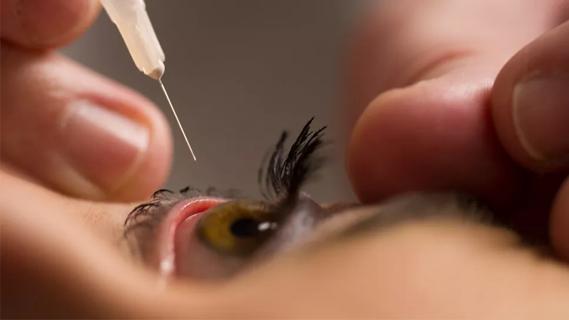
Study highlights the value of quantitative ultra-widefield angiography
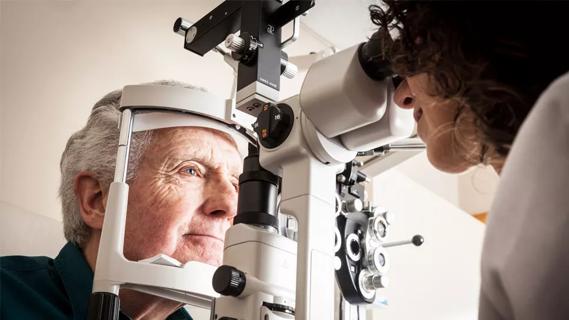
Switching medications may decrease treatment burden and macular fluid
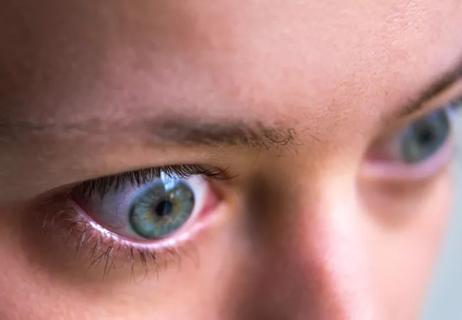
Interventions abound for active and stable phases of TED
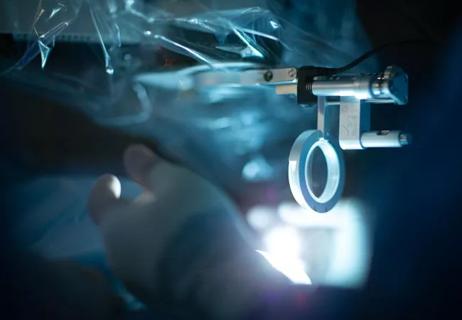
Corneal imaging and interpretation play a major role

Effect of low-dose atropine and dual-focus contact lenses is unknown in patients with comorbid eye conditions
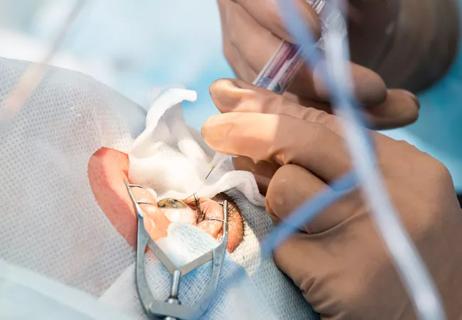
How to screen for and manage treatment-triggered uveitis
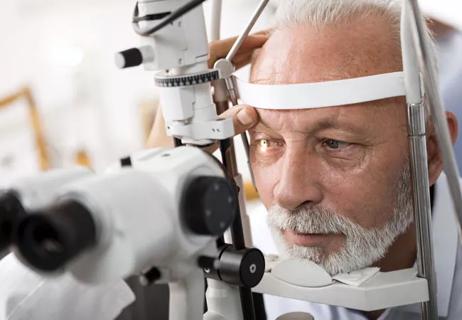
Minimally invasive surgery is effective for uveitic and steroid-induced glaucoma too
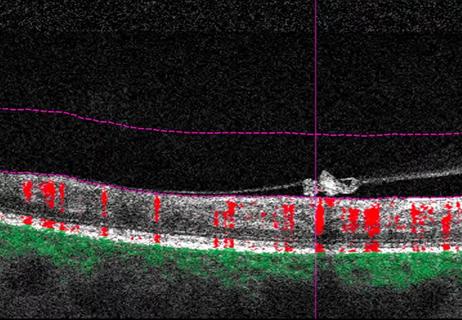
Why retina specialists should get comfortable with this imaging tool